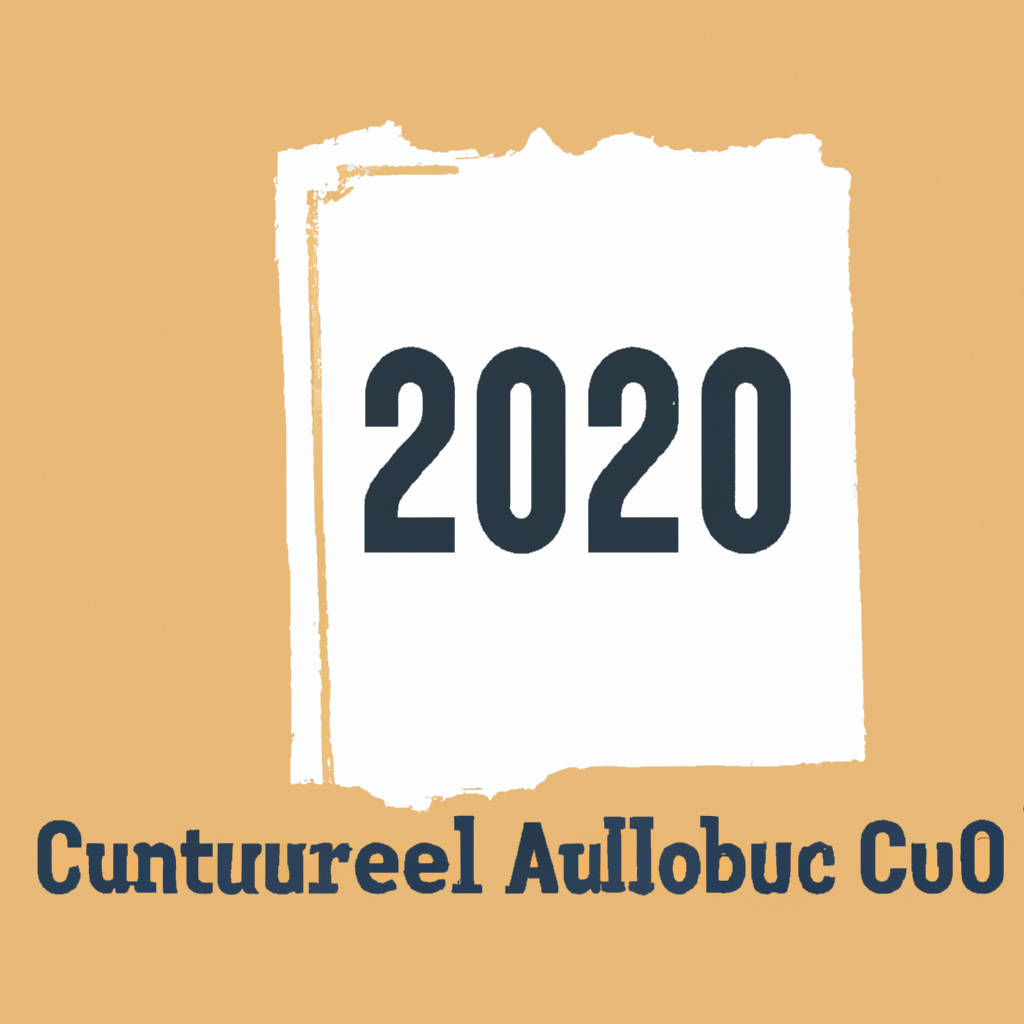
In an unexpected twist that has sent ripples through the academic and artistic communities, the President of Philadelphia’s University of the Arts has resigned following the sudden announcement of the institution's impending closure. This dramatic turn of events has left students, faculty, and alumni reeling, searching for answers and grappling with the future of a storied institution woven into the fabric of Philadelphia's cultural landscape.
The cancellation of a crucial town hall, intended to address the concerns of the current students and faculty about the shuttering, has only amplified the anxieties surrounding the closure. The lack of direct communication has led to a palpable unrest among the student body and faculty, who find themselves at a critical juncture, poised between continuity and upheaval.
This development is particularly poignant in a city like Philadelphia, known for its vibrant arts scene and historical significance. The University of the Arts has long been a cornerstone of this community, nurturing the talents of those who go on to contribute not only to the local arts community but also to the global stage. The sudden loss of such an institution raises deep concerns about the future of arts education and cultural preservation in the area.
With the arts often seen as a reflection of society's values, the closure of such an establishment prompts a broader reflection on the value placed on art and culture in contemporary educational and political priorities. As the city grapples with these changes, the impact of this decision will undoubtedly echo beyond the university halls, influencing policy discussions and the arts ecosystem at large.
As the dust settles, the focus turns to the implications for the students, many of whom are now navigating the practical realities of completing their education and finding new avenues to pursue their artistic passions. The broader arts community is also showing signs of mobilization, with discussions about alternative educational structures and support systems to absorb the fallout from this significant closure.
The resignation of the President, amidst such turmoil, marks a poignant moment of accountability and perhaps a call to reevaluate the leadership structures that guide such crucial institutions. It underscores the need for transparency and foresight in managing the resources that nurture the next generation of artists.
While the full repercussions of the University’s closure are yet to unfold, the event serves as a stark reminder of the fragility of cultural institutions in the modern age and the necessity for sustained support and recognition of the arts. As Philadelphia, and indeed the broader art world, watches closely, the hope remains that from this abrupt end sprouts a new beginning for arts education and cultural development.